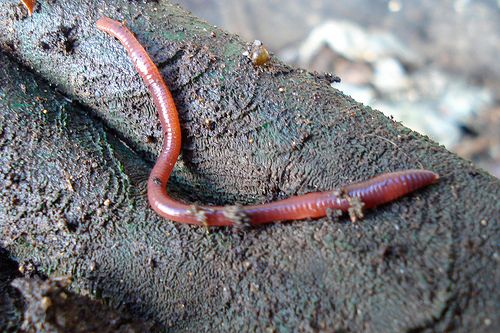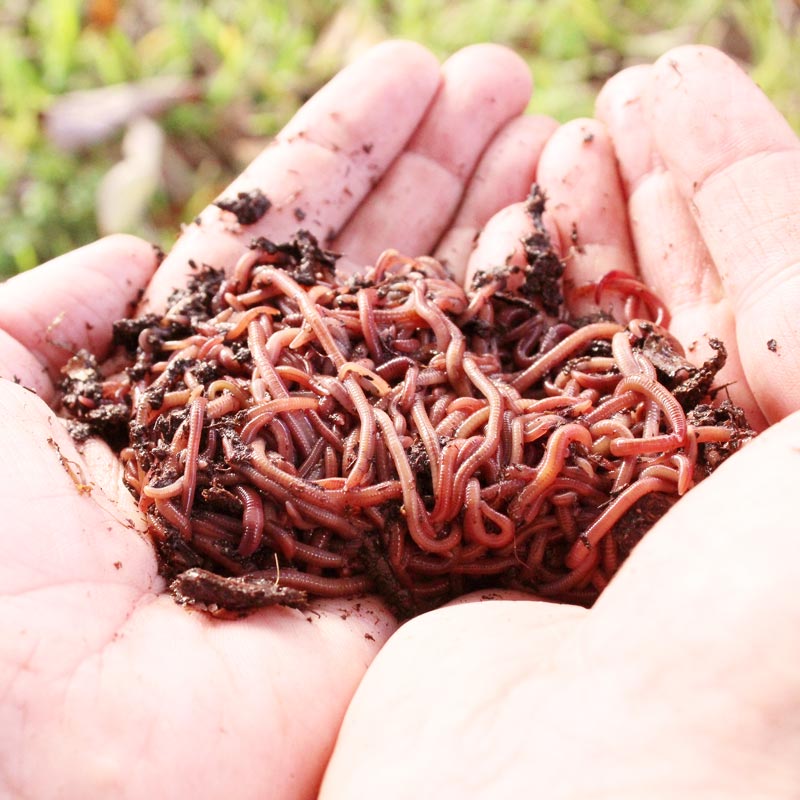Use Lake Hickory Bait for Remarkable Lawn Health and Gorgeous Greens
Use Lake Hickory Bait for Remarkable Lawn Health and Gorgeous Greens
Blog Article
Red Wigglers: The Unsung Heroes of Organic Waste Recycling
Red wigglers, or Eisenia fetida, serve as crucial representatives in the natural waste recycling procedure, changing disposed of products into useful vermicompost. As the globe increasingly seeks solutions to deal with waste accumulation and improve agricultural productivity, comprehending the role of these worms comes to be necessary.
What Are Red Wigglers?
The amazing resilience of red wigglers, clinically called Eisenia fetida, emphasizes their essential duty in organic waste recycling. These tiny, reddish-brown earthworms are usually located in breaking down natural matter, such as garden compost piles and manure loads. Lake Hickory Bait. Unlike other earthworm types, red wigglers grow in nutrient-rich environments and are very efficient at breaking down natural materials, making them vital for vermicomposting

(Red Wiggler Express)Along with their duty in waste reduction, red wigglers add to soil health and wellness by boosting dirt framework and aeration through their tunneling tasks (Lake Hickory Bait). Their visibility in composting systems not just enhances decomposition rates but likewise promotes a sustainable technique to throw away monitoring, highlighting their importance in ecological conservation efforts
Benefits of Composting With Worms
Composting with worms, especially red wigglers, supplies countless benefits that boost both waste monitoring and dirt wellness. Initially, these worms successfully damage down natural waste, transforming it into nutrient-rich vermicompost that enhances soil. This process increases disintegration, permitting a much faster recycling of kitchen area scraps and other organic products contrasted to standard composting techniques.
Additionally, the vermicompost produced by red wigglers is bursting with advantageous microorganisms, which help boost dirt structure, aeration, and dampness retention. This improves the overall health of plants, advertising energetic growth and raised returns in gardens and farming setups. The use of worms in composting minimizes the manufacturing of greenhouse gases, such as methane, contributing to an extra sustainable waste management system.

Just How to Start Vermicomposting
Establishing a vermicomposting system is a simple process that can yield considerable advantages for both waste administration and my latest blog post dirt enrichment. To start, pick an ideal container, such as a plastic container or wooden box, with adequate ventilation holes to guarantee appropriate air movement. The measurements ought to preferably be about 2 feet by 3 feet, permitting enough room for the worms to thrive.
Next, prepare bedding product, which can contain shredded paper, cardboard, or coconut coir. This bed linens should be dampened to develop an ideal environment for the worms. As soon as the bed linens remains in location, introduce red wigglers (Eisenia fetida) into the bin, generally around one pound of worms for every square foot of surface area.
Complying with the placement of worms, include natural waste, such as fruit and vegetable scraps, coffee premises, and crushed eggshells. With these steps, you will properly start a vermicomposting system that adds to lasting waste management and improves your dirt.
Preserving a Healthy And Balanced Worm Bin
(Lake Rhodhiss Bait)Keeping a worm container flourishing calls for routine focus and like make certain the health and wellness of the red wigglers and the efficiency of the composting process. Appropriate maintenance begins with keeping track of the moisture levels; the bin needs to perspire however not saturated. A good general rule is to preserve an uniformity similar to a wrung-out sponge.
Aeration is crucial also. Delicately mixing the bed linen and food scraps every couple of weeks prevents compaction and makes sure that all worms have accessibility to oxygen. Additionally, it is necessary to feed the worms suitably. A balanced diet plan of vegetables and fruit scraps, coffee premises, and crushed eggshells ought to be supplied in small amounts to avoid overfeeding, which can cause smells and parasites.
If the container comes to be as well hot or cold, the worms might become worried. By diligently handling these elements, one can preserve a robust and productive worm container.
Influence on Lasting Living
The successful maintenance of a worm container not only benefits the health of red wigglers yet likewise contributes considerably to sustainable living techniques. By recycling organic waste, such as cooking area scraps and lawn particles, red wigglers assist divert substantial quantities of material from landfills. This decrease in waste not only lowers greenhouse gas exhausts but additionally lessens the environmental burden related to waste administration.
Moreover, the spreadings created by red wigglers work as a nutrient-rich organic fertilizer, improving soil wellness and promoting plant development. This natural choice to chemical fertilizers sustains sustainable farming and gardening techniques, decreasing dependence on synthetic inputs that can damage communities. Additionally, worm composting promotes awareness of waste administration, urging individuals and areas to adopt even more sustainable routines.

Final Thought
In recap, red wigglers offer as crucial contributors to organic waste reusing via their efficient decomposition of natural materials. By incorporating vermicomposting into waste administration methods, individuals and communities can significantly lower waste while advertising environmental sustainability.
Report this page